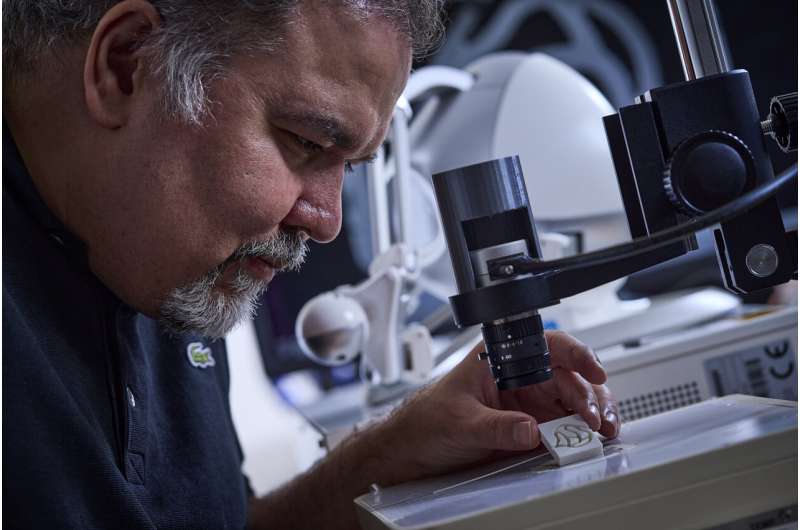
According to new research from the University of Essex, swarms of microrobots injected into the human body could open up internal medical devices and prevent further surgery.
The study is the first to use magnetic microrobotics to remove deposits in shunts, a common internal medical device used to treat a variety of conditions.
A build-up of debris is the cause of malfunctioning shunts. The shunt's flexibility is affected by the narrowness and obstruction of liquid through it. Patients need to have multiple surgeries to replace the shunt or remove the obstruction.
The research led by Dr. Ali Hoshiar, from Essex's School of Computer Science and Electronic Engineering, shows that there could be a wireless, non-invasive alternative to clearing the obstruction.
Dr. Hoshiar and his team have shown that a swarm of microrobots made of magnetic nanoparticles can be injected into the shunt to remove the debris.
The microrobots can be moved along the tube with a magnetic field generated by the body's surface. Microrobots can be moved so they can clear the tube.
The non-invasive nature of this method makes it an advantage to existing methods as it will potentially eliminate the risk of surgery and a surgery-related infection.
Once the swarm has done its job, it can either be guided to the stomach via a magnetic field or bodily fluid, so it leaves the body naturally. Microrobots have high biocompatibility, so they won't cause toxicity.
The research showed a correlation between the strength of the magnetic field and the success of removing the debris.
This is the first proof of concept experiment that uses microswarms. The next step is to work with clinicians. The concept can be used in more than one application.
More information: A. Moghanizadeh et al, A novel non-invasive intervention for removing occlusions from shunts using an abrading magnetic microswarm, IEEE Transactions on Biomedical Engineering (2022). DOI: 10.1109/TBME.2022.3192807